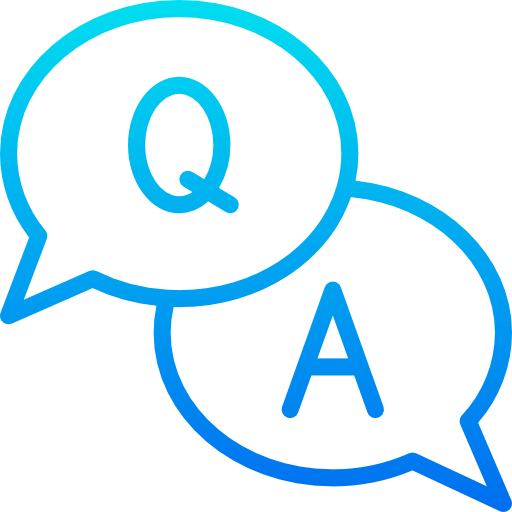Benzene reacts with \(CH_3\)Cl in the presence of anhydrous \(AlCl_3\) to form:
(a) chlorobenzene
(b) benzylchloride
(c) xylene
(d) toluene
(a) chlorobenzene
(b) benzylchloride
(c) xylene
(d) toluene
(d) toluene
Which of the following is an example of vic-dihalide?
(a) Dichloromethane.
(b) 1,2-dichloroethane.
(c) Ethylidene chloride.
(d) Allyl chloride.
A Grignard reagent may be made by reacting magnesium with
a) Methyl amine.
b) Diethyl ether.
c) Ethyl iodide.
d) Ethyl alcohol.
Which of the following will have the maximum dipolemoment?
(a) \(CH_3\)F.
(b) \(CH_3\)Cl.
(c) \(CH_3\)Br.
(d) \(CH_3\)I.
When Xe reacts with Fluorine in 1:5 ratio at 873 K it forms
a) \(XeF_2\)
b) \(XeF_4\)
c) \(XeF_6\)
d) \(XeOF_4\)
Which of the following statements is not true about amorphous solids?
(A) On heating they may become crystalline at certain temperature.
(B) They may become crystalline on keeping for long time.
(C) Amorphous solids can be moulded by heating.
(D) They are anisotropic in nature.
Which of the following alcohols reacts most readily with Lucas reagent?
Hypochlorous acid and perchloric acid are, respectively:
a) HOCl and \(HClO_4\).
b) HOCl and \(HClO_3\).
c) \(HClO_2\) and \(HClO_3\).
d) \(HClO_2\) and \(HClO_4\).
Which is the correct increasing order of boiling points of the following compounds?
1-Iodobutane, 1-Bromobutane, 1-Chlorobutane, Butane
(a) Butane < 1-Chlorobutane < 1-Bromobutane < 1-Iodobutane.
(b) 1-Iodobutane < 1-Bromobutane < 1-Chlorobutane < Butane.
(c) Butane < 1-Iodobutane < 1-Bromobutane < 1-Chlorobutane.
(d) Butane < 1-Chlorobutane < 1-Iodobutane < 1-Bromobutane.
The lattice site in a pure crystal cannot be occupied by __________.
(A) Molecule
(B) Ion
(C) Electron
(D) Atom
The ionisation enthalpy of the group 15 elements is much greater than that of group 14 elements in the corresponding periods. Which is the most suitable reason?
a) more effective nuclear charge
b) presence of stable half-filled electronic configuration
c) smaller size
d) high electronegativity
